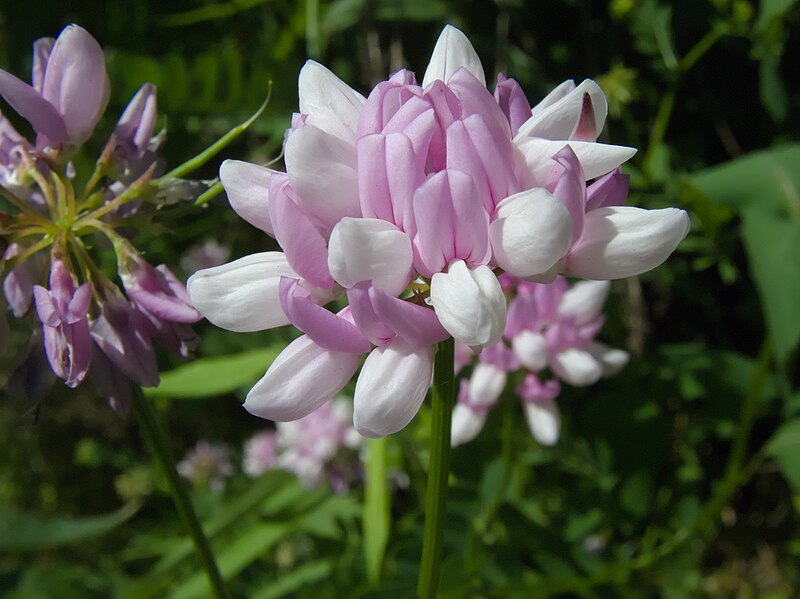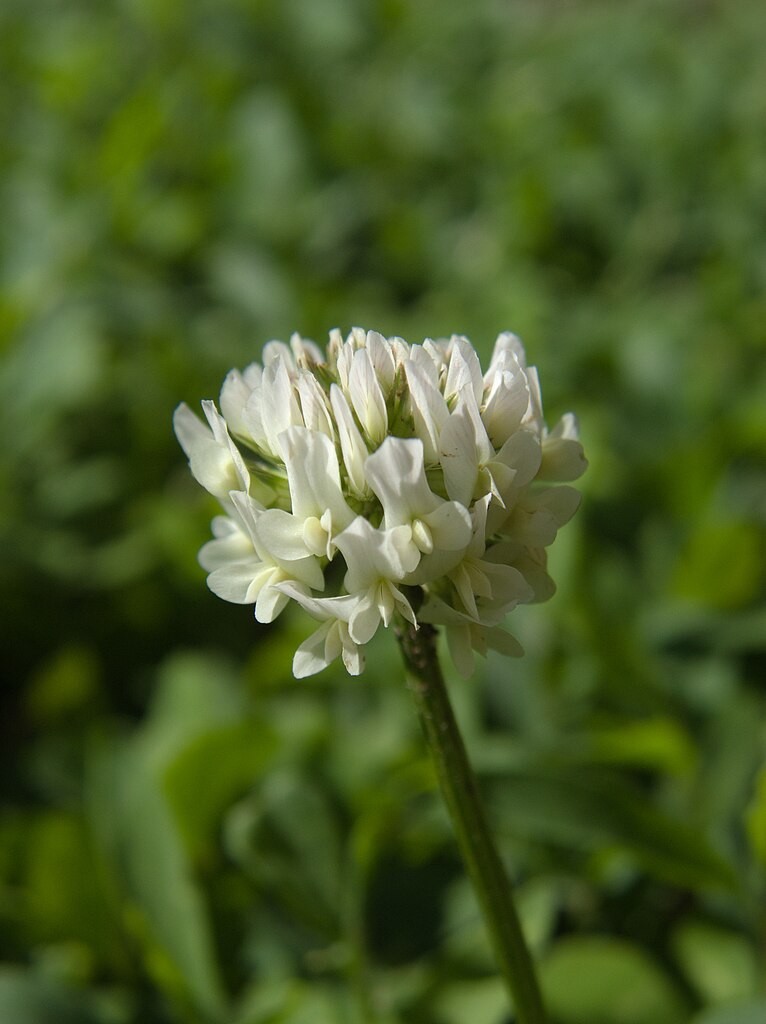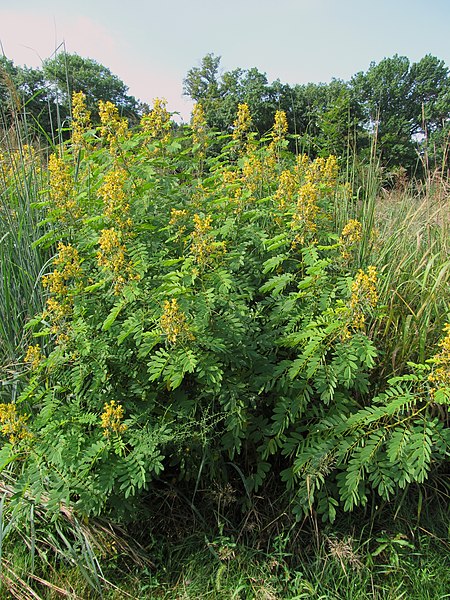
Crown Vetch has become a nuisance invader in many areas, but its bicolor flowers are always a cheerful sight. It was a popular erosion-control planting, and the Pennsylvania Turnpike especially made frequent use of it. These plants were blooming on a roadside in Robinson Township.


For a description of the species, see the Securigera varia reference page.













